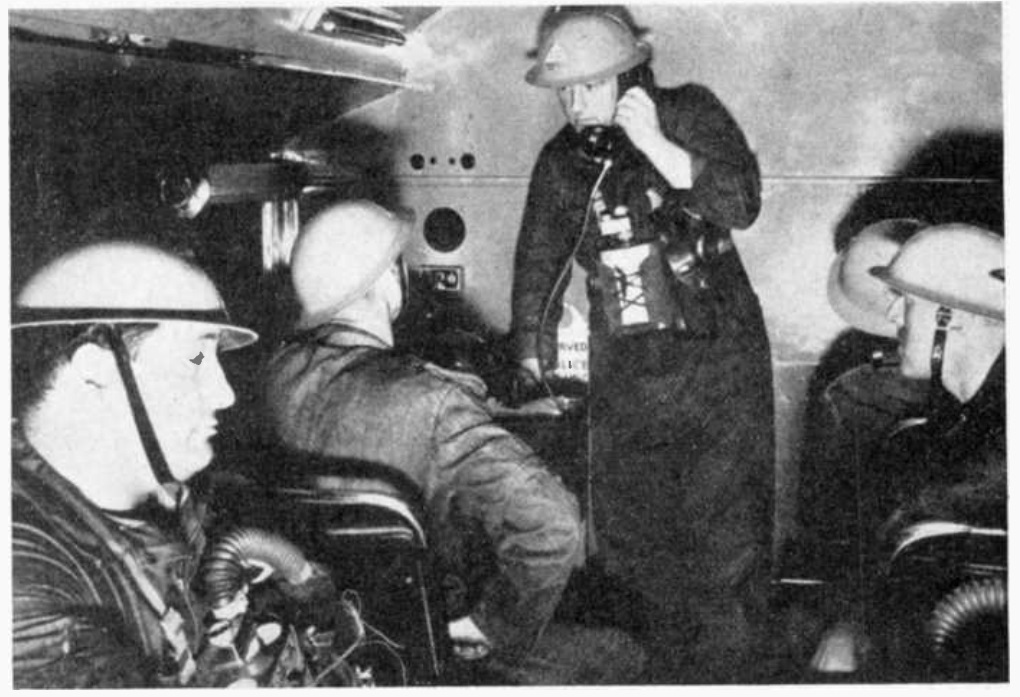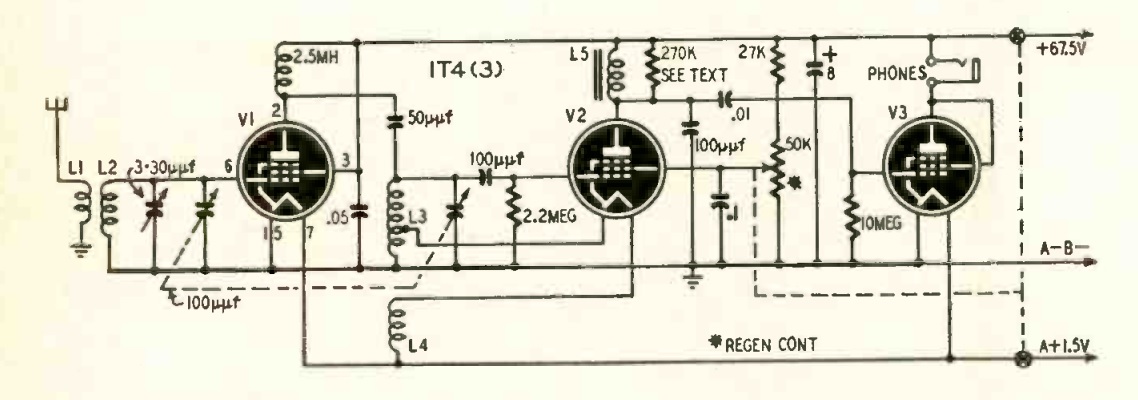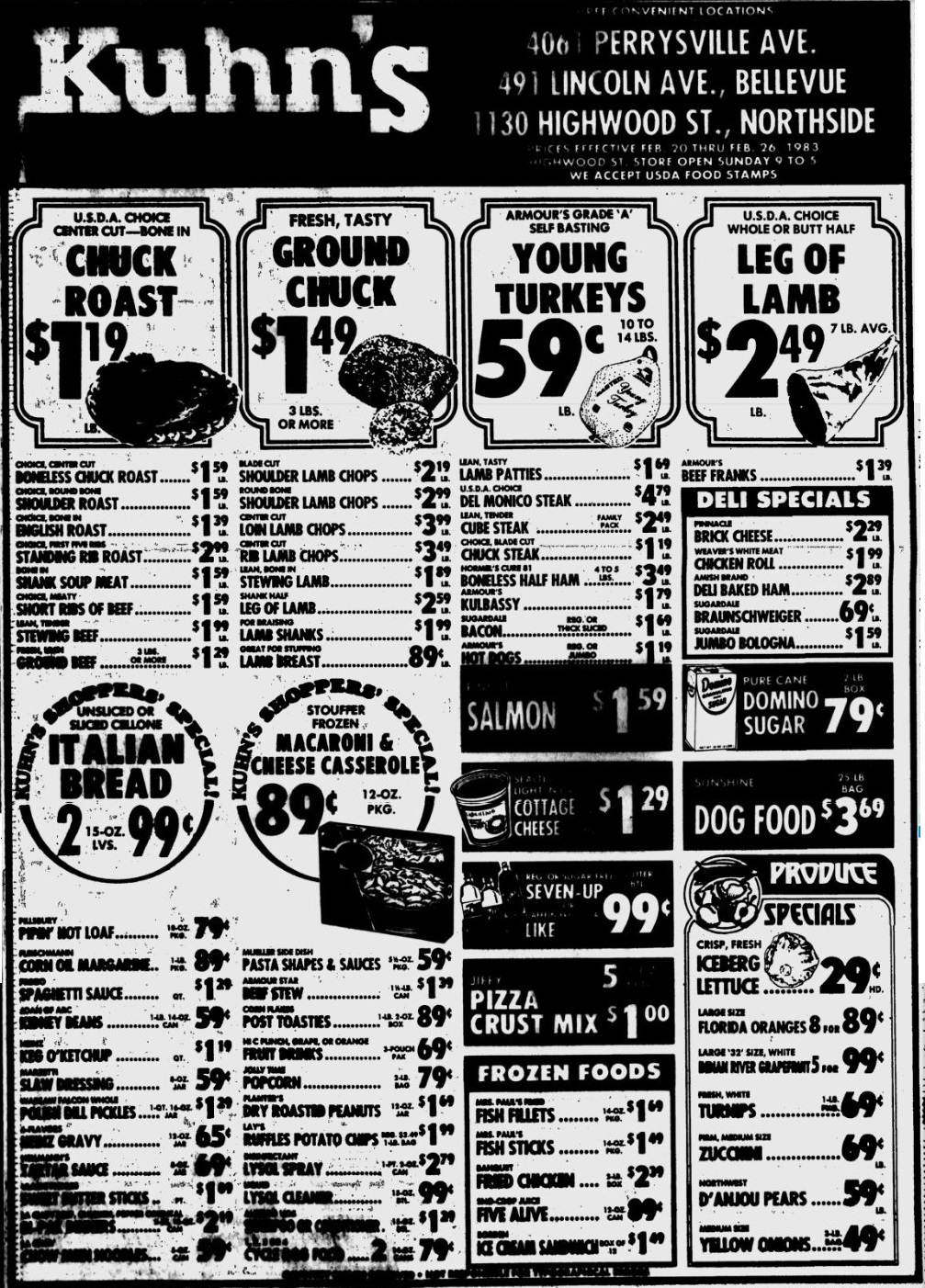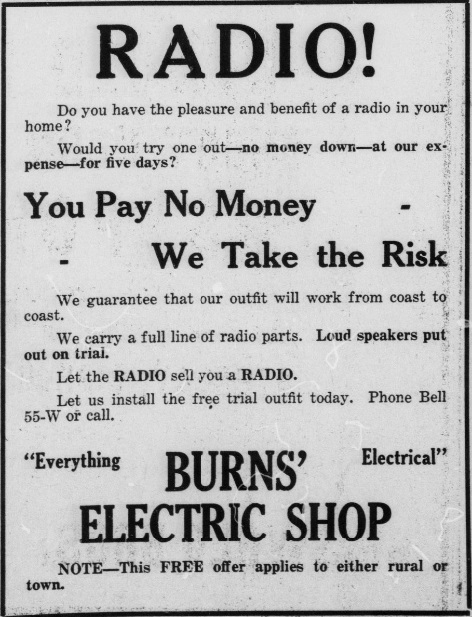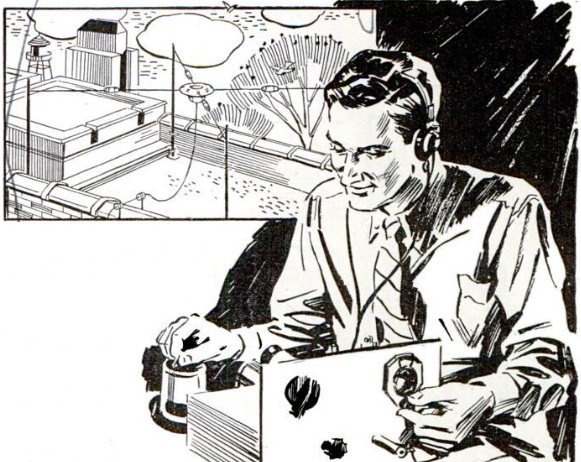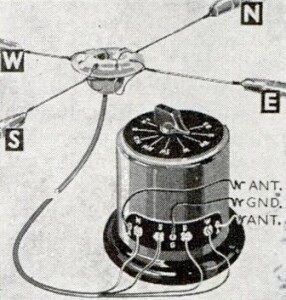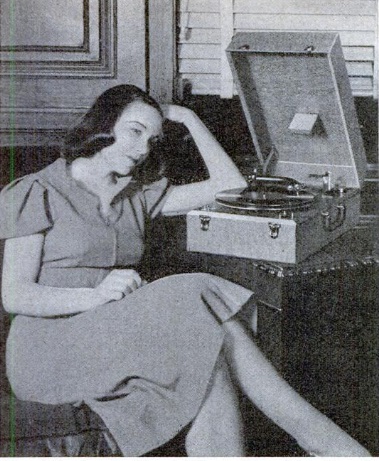 If you were in the market for a portable source of music 85 years ago, you couldn’t go wrong with this portable electric phonograph, shown in the February 1938 issue of Popular Science.
If you were in the market for a portable source of music 85 years ago, you couldn’t go wrong with this portable electric phonograph, shown in the February 1938 issue of Popular Science.
It weighed in at only 18 pounds, and measured a mere 7.5 x 11 x 18 inches. It featured a crystal pickup and six-inch speaker driven by a three-tube amplifier, and it could play either 10 or 12 inch records.
The magazine didn’t mention the name of the manufacturer, and the price is likewise not given. There was a Depression going on, and coming up with the purchase price might have been an issue for some readers. But the same issue of the magazine solved that problem, thanks to the ad below. You could assemble kayaks (dubbed Ki-Yak by the manufacturer, Mead Gliders, 15 S. Market St., Chicago)
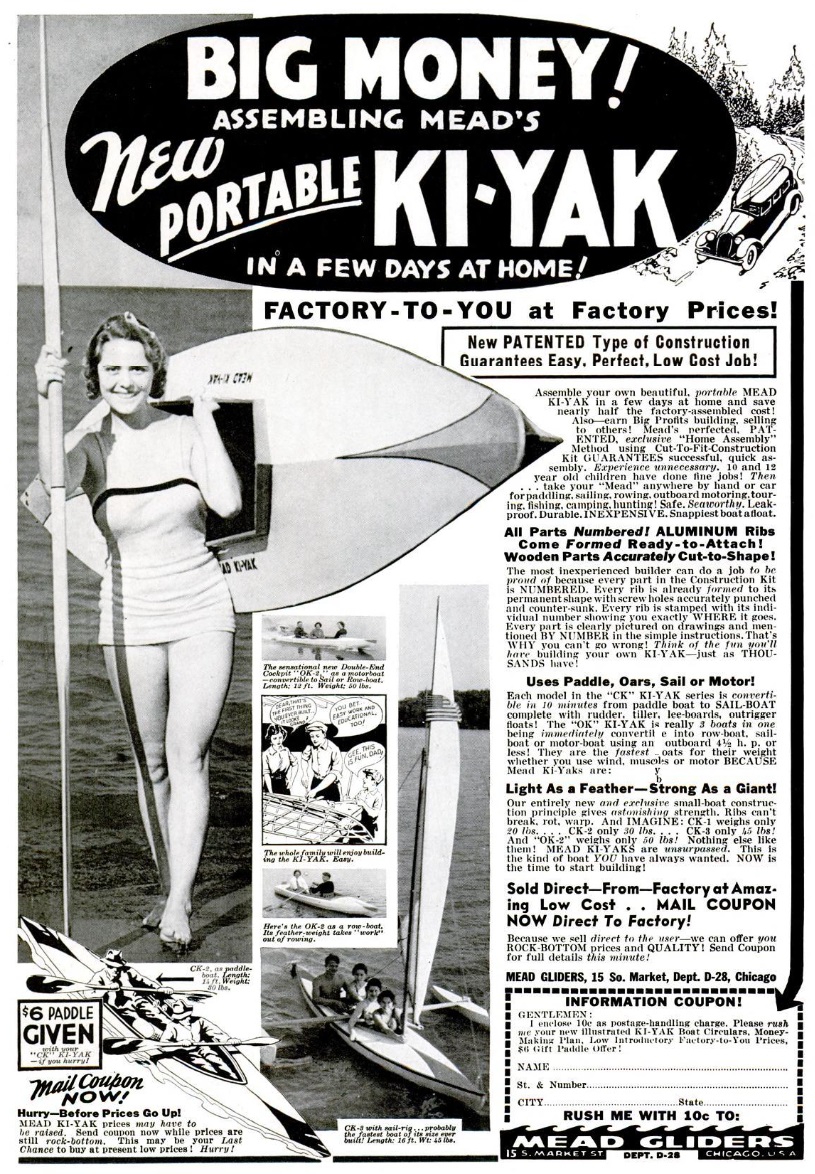
The price is not shown here, but the kit apparently retailed for $15.75. One could assemble it at home in a few nights, and undoubtedly sell it for a tidy profit.
If you’re in the market for a similar phonograph today, they are indeed available, and the modern ones aren’t limited to 78 RPM. And if you want a kayak, they’re relatively inexpensive as well, all put together. As with everything, you can get them on Amazon:
Some links are affiliate links, meaning this site earns a small commission if you make a purchase after following the link.
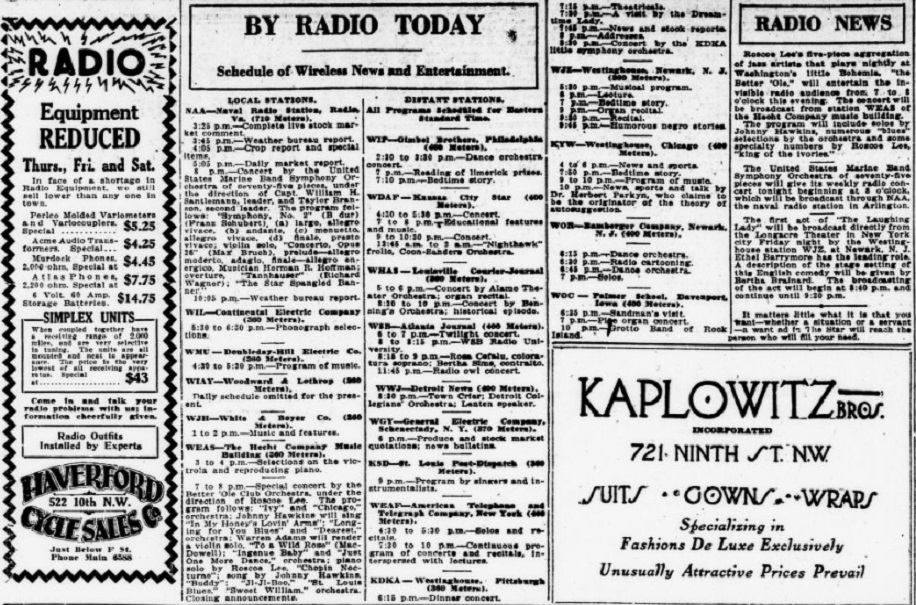 For a snapshot of what was on the radio a hundred years ago today, here’ the radio page from the February 28, 1923, issue of the Washington Evening Star. Click on the image for a larger version.
For a snapshot of what was on the radio a hundred years ago today, here’ the radio page from the February 28, 1923, issue of the Washington Evening Star. Click on the image for a larger version.

